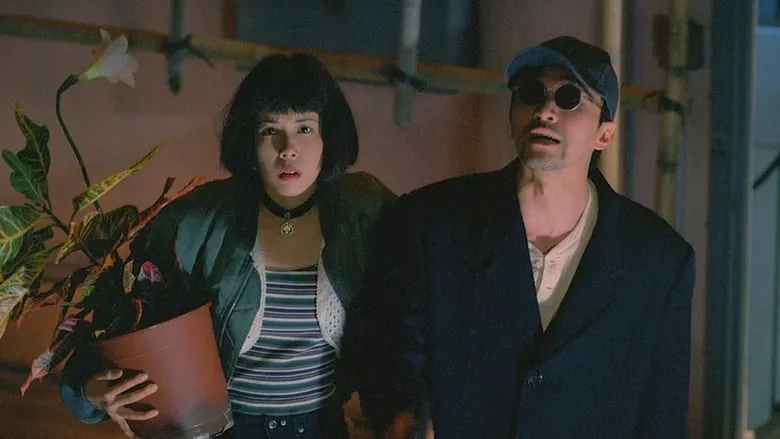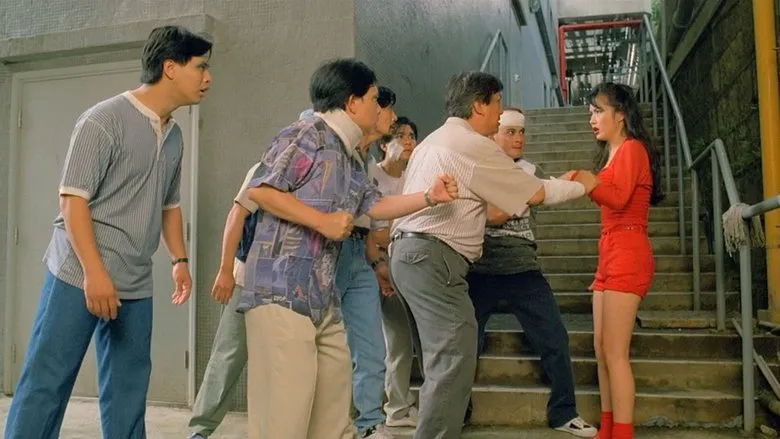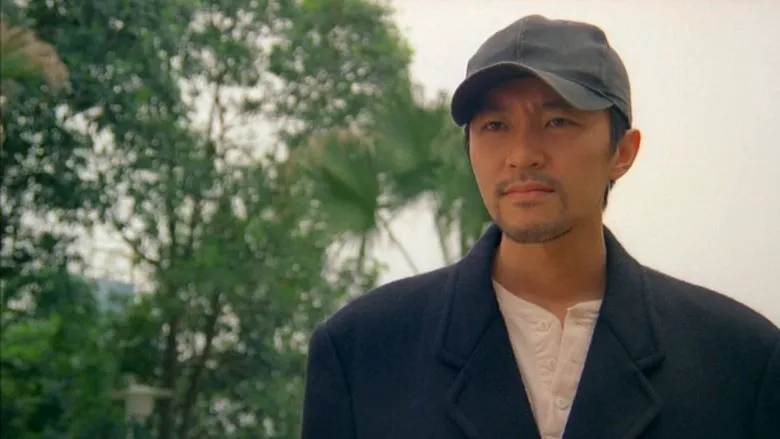“Love for Life”: A Poignant Exploration of Resilience and Despair in the Face of Epidemic
In a secluded village, a quiet life is shattered by the sudden outbreak of a mysterious epidemic, casting a long, chilling shadow of fear over its inhabitants. Among them is Old Zhuzhu (portrayed by Tao Zeru), a venerable patriarch, whose world crumbles when his own son, Zhao Deyi (Aaron Kwok), falls gravely ill. Stripped of their place in society and ostracized by their frightened community, Deyi and other afflicted villagers are forcibly relocated to an abandoned school, compelled to live in a desolate isolation that amplifies their suffering. With a burden too heavy to bear alone, Old Zhuzhu selflessly chooses to join them, dedicating himself to the arduous task of caring for his son and the other patients.
Initially, amidst the shared adversity, a fragile hope emerged that their collective suffering might forge an unbreakable bond of unity. However, this nascent trust quickly dissolves as hidden agendas surfaced and incessant conflicts fractured their already tenuous peace. The makeshift isolation ward soon transforms into a breeding ground for desperation and moral decay, a stark testament to humanity’s complex nature under extreme duress. Yet, from this profound despair, a sliver of light emerges with the arrival of Qinqin (Zhang Ziyi). Both burdened by the same illness, Deyi and Qinqin find unexpected solace in each other’s presence, their shared vulnerability blossoming into a tender and profound love story that unfolds precariously against an unforgiving backdrop of illness and death.
The film serves as a powerful testament to the indomitable human spirit, even as it forces viewers to confront life’s darkest corners.

A Flawed Masterpiece of Unflinching Honesty
“Love for Life” (最爱), or “Til Death Do Us Part,” stands as a quintessential “flawed masterpiece” in contemporary cinema. At its very heart, it is a profoundly compelling film that, despite grappling with considerable constraints both internal and external, courageously endeavors to confront the absurdities and profound tragedies embedded within modern reality. Unlike many Chinese films that often tread cautiously around sensitive societal issues, “Love for Life” makes the audacious choice to tackle them head-on. This sheer bravery and the palpable sincerity woven into its narrative are undeniably commendable, regardless of any perceived imperfections in its final execution.

However, the “flawed” aspect of this cinematic endeavor is largely born from the very restrictions placed upon its creation and release. Despite its ambitious narrative intentions and the profound weight of its subject matter, the film occasionally feels constrained, as if compelled to navigate around unseen boundaries. These compromises, whether due to overt external pressures or a subtle lack of complete artistic freedom and emotional depth in certain segments, inevitably detract from its full artistic potential. The resulting experience, at times, can feel less polished or emotionally resonant than the powerful premise promises.

A Haunting Glimpse into Despair
It remains a point of contemplation whether the film’s occasionally detached perspective was the original artistic vision of director Gu Changwei, or if it emerged as a cumulative result of the myriad compromises inherent in its production. Nevertheless, “Love for Life” leaves a palpable impression of quiet suffocation upon many who view it. The unfolding fates of its characters serve as a stark and often devastating illustration of life’s inherent absurdity and futility when pushed to its limits.
The deeper one delves into the intricate layers of the story, the more pervasive and overwhelming the sense of despair becomes. Viewers who approach the film with robust inner resilience and a comprehensive understanding of its complex sociopolitical context may indeed unearth profound insights that extend far beyond the immediate surface narrative. Conversely, those primarily drawn in by the allure of a star-studded cast or the expectation of a more conventional melodramatic premise may find themselves unprepared for the film’s unflinching portrayal of utter despair, madness, and the gradual erosion of hope.


The Saving Grace of Enduring Love
Against the grim and pervasive backdrop of the mysterious “hot disease” that ravages the community, “Love for Life” meticulously weaves a fundamentally bleak narrative. Yet, within this impending doom, the film posits a singular redemptive force: love itself. At its core, this is a classic setup where compelling characters and a meticulously crafted narrative can elicit a powerful emotional response from the audience, oscillating dramatically between the depths of despair and fleeting moments of hope, much like a person teetering on the brink of drowning, desperately grasping for salvation. Even if the encroaching darkness ultimately triumphs, a mere glimmer of hope, however faint, can offer profound solace.
The crucial element lies in that “belief”—the conviction that even within the most tragic of narratives, a film must ultimately illuminate pathways to light and instil a measure of hope within its audience. This delicate balance of hope amidst an overwhelming tide of despair is a profound testament to both exceptional artistic skill and the director’s overarching vision. A film, particularly one brave enough to tackle such raw societal truths, cannot afford to exclusively immerse its audience in hopelessness.

After all, reality itself can be bleak enough; cinema should ideally offer more than just a mirror reflecting back our existing anxieties. We yearn to believe in a hope that, perhaps, we may never witness or experience firsthand. Even if we are ultimately confronted with existential darkness, a good film possesses the unique ability to offer a comforting counter-narrative: that beyond the shadows, there is always a potential for light, and that life, despite its trials, always retains a deeper meaning. Our own existence, then, becomes a continuous journey of discovery, persistently seeking that profound meaning and inherent hope.

Ultimately, “Love for Life” is a profound cinematic experience. Despite its visible scars from production constraints, it bravely opens raw wounds of societal truth, exploring the depths of human suffering while simultaneously championing the enduring power of connection and love. It asks us to look beyond immediate despair and acknowledge the inherent human capacity for hope, even when all seems lost.
